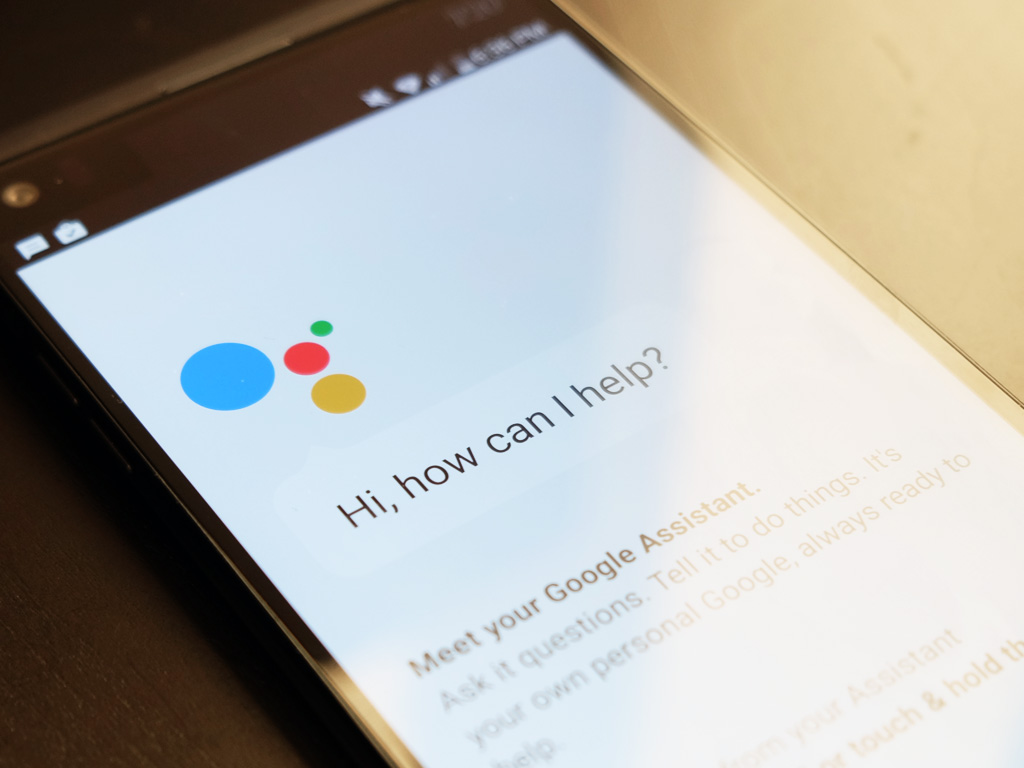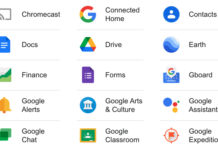
If you’re not familiar with Google Assistant, you may want to be now that it has been made available to all Android smartphones and tablets running version 6.0 Marshmallow to 7.0 Nougat.
There is a distinction to note here. Google Now has been the voice assistant for Android going back to 2012 and version 4.1 Jelly Bean. When Google launched its Pixel and Pixel XL smartphones last fall, it also introduced Assistant, a new-and-improved voice platform that functioned more like artificial intelligence. It was also included in the Google Allo messaging app.
A smarter assistant
The key difference between Google Now and Google Assistant is the latter’s intelligence, meaning you can ask it to do more, and it learns more about you as you use it. Now was largely designed to simplify search through voice, though it added some extras like scheduling appointments or asking it to play music.
Assistant takes things much further because it is more open to conversation. You ask a question, it responds, and then you can ask a follow up. You can ask it to recommend a restaurant in your area, or even a city you will be visiting. Ask it to find nearby gas stations or coffee shops. Tell it to read the most recent email and dictate a response. Same with text messages.
Using the Google calendar, simply saying, “Ok, Google, tell me about my day,” will have Assistant outline everything from appointments, weather conditions and a to-do list. It can recite the scores from the previous night’s games in any major league (even minor leagues too) or information on a famous athlete or celebrity, like their birthday or how many games or films they played. A personal favourite of mine is asking for famous or interesting quotes. Another is asking it to play music on Spotify or Google Play Music.
Setting alarms, timers or playing music are neat. On top of everything else, the Assistant gets to know you and gets a sense of what kind of cuisine you like or what travel destinations you keep looking for.

How to get it on your device
As long as you have an Android phone or tablet running version 6.0 or later, you are eligible to install the Assistant software. The first thing to do is go to Google Play under My Apps and update the Google app.
With that done, go back to your home screen and hold down the home button. If you already have Google Now, swipe right or hold the home button down to bring that up. Hold it down again and a card should pop up saying “you just got Google Assistant,” with a button to continue. The setup is quick, and activating it is essentially the same as it was on Google Now. If you were already using that, there’s not much of an adjustment to get used to it.
One thing to note: go to Settings and change your language to English U.S. (you can change it back after). It seems to be a requirement to get it to work right now.
If you still don’t see it after holding the home button, try this tip to make it happen. Go to Settings > Apps > Google > Manage Storage and clear all the cache and data. Go back to the home screen and try again. It should now pop up the Google Assistant setup screen.
Talking to it should feel more conversational. It does a better job interpreting what you’re saying. Say, “Ok Google, I’m feeling lucky,” to play a short trivia game. Play around with commands and you can get some funny responses.
If you don’t like Assistant, you can always turn it off by holding the home button, tapping the menu at the top right and going to Settings. Toggling the slider to off will shut it down and bring back Now as the voice platform.
Further expansion
Assistant already comes with the Google Home smart home device that will launch in Canada this year. Beyond that, Google has already confirmed it will be baked into Android Wear 2.0, Android TV (both TVs and streaming boxes that have it). Right now, English is the primary language, though German is reportedly supported too. French, Spanish and other languages are expected to come soon.
For the moment, Assistant still has plenty of room to grow and get better, but it is a noticeable upgrade from Now, and worth trying out.
Check out Android smartphones and tablets that can run Assistant today.



